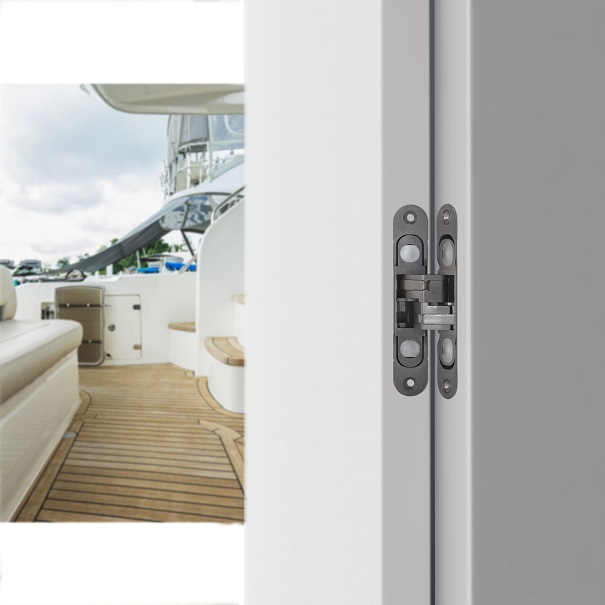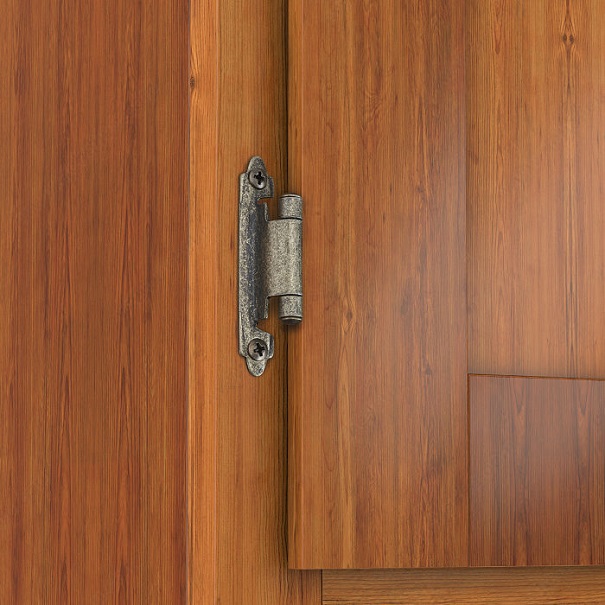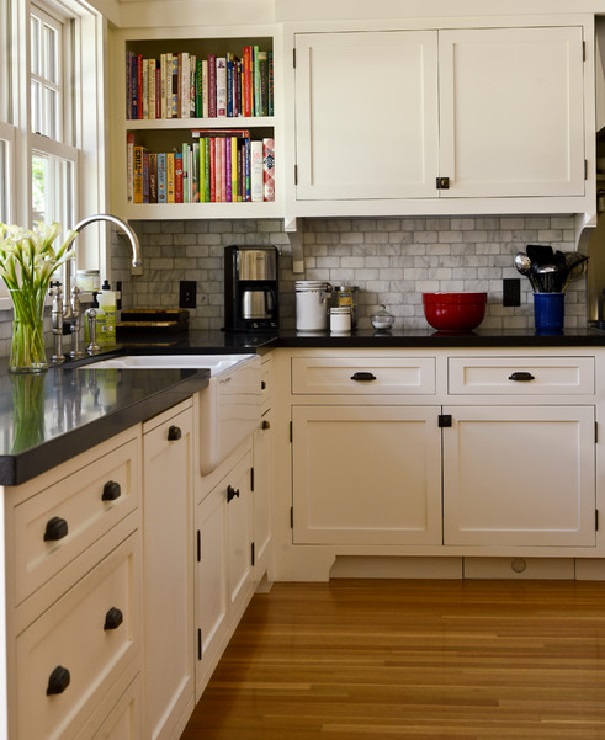Cabinet Door Hinges: Discover the World Behind Closed Doors
Whether you’re furnishing a new home or updating the look of an existing one, there are many important factors to consider. Your home aesthetic is important and all the elements should match your style, from kitchen taps to cabinet doors. Replacing your cabinet hardware is an affordable way to upgrade your kitchen, bathroom or living space. There are many cabinet hardware options to choose from, such as hinges, knobs, pulls and more, available in numerous shapes, styles and finishes.

Choosing hinges for your cabinets might seem like an easy task, and is often overlooked, but there are many more choices and styles than most people realise. It takes careful consideration and proper planning to choose the right cabinet door hinges. Their style and functionality can have a huge effect on the appearance and performance of your cabinets and doors, so you can take them as a starting point in your search.
How to Choose Your Cabinet Door Hinges?

To narrow down your search, begin with the type of cabinets and doors you have. There are two basic types of cabinets – face-frame and frameless. Face-frame cabinets incorporate a frame that’s attached to the front edges or the face of the case and hinges mount to it. Frameless cabinets, on the other hand, usually some as a fur-sided box and hinges mount to the cabinet interior.
When it comes to cabinet doors, you need to determine the door overlay. It’s the position of the door to the cabinet opening. To choose cabinet door hinges right, keep in mind that the configurations for face-frame and frameless cabinets are different. The overlay types for face-frame cabinets are overlay, inset and partial inset. Overlay doors cover the cabinet opening completely, the inset doors fit entirely within the cabinet opening, while partial inset doors overlap the cabinet opening slightly on all sides.
The overlay types for frameless cabinets are full overlay, half overlay and inset cabinet. Full overlay cabinet doors cover all or almost all of the front edge of the cabinet, while half overlay types cover only half of the partition wall. Inset doors on frameless cabinets fit within the cabinet opening and sit flush with its front edges. Depending on whether you want the hinge visible or not, you can choose from the three basic types, such as the following.
Concealed Hinges

When the door is closed, this type of hinges is not visible from the outside of the cabinet. It’s a common choice for modern, minimalist applications as it doesn’t allow the hardware to detract from the design. They can be mounted on the surface of the door or pressed into a cup that’s driller into the door. Most of them have built-in adjustability that allows you to slightly change the position of the door without relocating the hinge.
Semi Concealed Hinges

These are partly visible from the outside of the cabinet when the door is closed. Some semi-concealed hinges feature decorative balls. They are available in a variety of sizes, styles and finishes, allowing you to customise your hinges on your cabinet thickness and design.
Exposed Hinges

As their name implies, exposed hinges are fully visible on the outside of the cabinet when the door is closed. They are most often used when replacing the hardware on old cabinet doors and not all of them have the adjustability that concealed hinges have.
H and HL hinges are some of the most common exposed hinges used. They got their names by the letters of the alphabet they resemble. H and HL hinges are available in a variety of finishes, in both plain and decorative styles.
Special Features
Soft-Closing Hinges – These hinges incorporate a mechanism that activates when the door is close to the shut position and brings it gently closed.
Self-Closing Hinges – They are also called snap-closing hinges. A self-closing hinge pulls the door shut when it’s within a few centimetres of being closed and keeps it closed.
Self-Opening Hinges – They feature a mechanism that activates by a push and propels the door open.
Door Hinge Materials and Finishes
Base materials have an important role in the process of mass-producing hinges. They have an impact on the cost and range of applications as well. Steel is one of the most commonly used materials due to its mechanical durability and versatility. When chromium or nickel is added to steel, then it becomes stainless steel and offers resistance to corrosion and superior strength.
Brass is another material that is very often used to make hardware. It’s an alloy of copper and zinc, it’s easy to fabricate and an attractive choice for many homeowners lately. Hinges can be made of aluminium, iron, bronze and other metals as well. Finishes include primed, polished and plated, and rust-resistant.
Measurements
For overlay doors, the ones that lay “on top” of the cabinets’ openings, the overlay dimension shows how bigger the door is compared to the opening of the cabinet. It’s measured on the hinged side of the door by applying a piece of tape to the frame of the cabinet on the hinged side of the door so that it evens with the edge of the door. Then, open the door and measure from the inside edge, or the edge of the tape, to the edge of the opening of the cabinet.
To measure the inset on a partial inset door, you’ll need to measure both the inset dimension and lip dimension. Inset is measured on the edge of the door, while the lip is measured on the back of the door.
Additional Tips
If you’re remodelling your home and your cabinets have older hinges, most likely you’ll need to fill the existing screw holes because the screw holes on newer hinges are in different places. Fill the holes from the old hinges and then sand and refinish the area. When it’s done, you can drill new holes and place the new hinges.